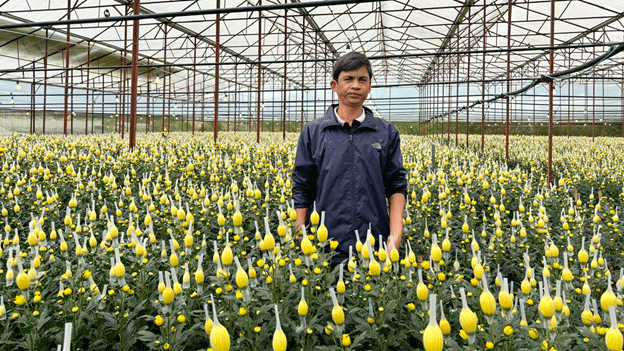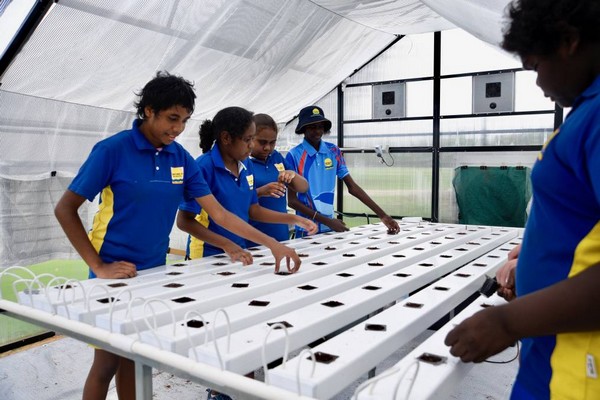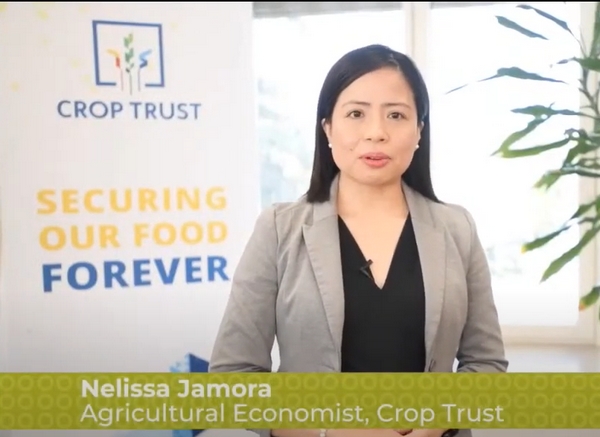Đà Lạt, Vietnam, is renowned for its vibrant flower industry, particularly the cultivation of chrysanthemums. However, growing these flowers requires significant energy, as growers must provide 8–10 hours of artificial light each night to ensure proper stem elongation and flower development. For most farmers, this practice leads to hefty electricity bills, which can account for a substantial portion of their production costs.
Yet, Đinh Quang Trung, a chrysanthemum farmer in Lạc Dương, has found a groundbreaking solution. In 2022, Trung installed a rooftop solar energy system on his 4-sào (approximately 0.4 hectares) greenhouse. This system powers 450 LED bulbs and a three-phase irrigation pump, effectively eliminating his reliance on the national electricity grid.
The Solar Energy Setup
Trung’s system consists of 28 solar panels mounted on the greenhouse roof, which generate electricity during the day and store it in battery units for nighttime use. According to Bùi Văn Lệ, the technician managing the farm, the stored energy is sufficient to power the greenhouse for 10 hours on sunny days and 6 hours even during overcast weather.
To maximize efficiency, Trung replaced conventional lighting with energy-efficient LED bulbs. These bulbs consume less electricity, have a lifespan of 2–3 years, and are water-resistant—features that are particularly advantageous in greenhouse conditions.
Cost and Environmental Impact
For a typical chrysanthemum farm in Đà Lạt, electricity costs for lighting and irrigation range from 6 to 8 million VND (approximately $250–$330 USD) per month. By switching to solar power, Trung has eliminated these costs, significantly improving his profit margins.
Moreover, the environmental benefits are noteworthy. Solar power reduces greenhouse gas emissions associated with electricity generation, aligning with global efforts to promote clean energy in agriculture.
Broader Implications and Support
The success of Trung’s model has attracted attention from the provincial Department of Industry and Trade in Lâm Đồng, which partially funded the solar installation as part of its initiative to promote clean energy in agriculture. Deputy Director Cao Thị Thanh highlighted the importance of such projects, emphasizing their potential to reduce grid dependency, increase farmer incomes, and contribute to environmental sustainability.
Challenges and Future Prospects
While the initial investment in solar energy systems can be a barrier for many farmers, Trung’s case demonstrates the long-term economic benefits. With continued support from local authorities and potential subsidies, more farmers could adopt this model, transforming Đà Lạt’s flower industry into a leader in sustainable agriculture.
Đinh Quang Trung’s innovative approach to chrysanthemum cultivation showcases the potential of solar energy in reducing costs and environmental impact. As agriculture faces increasing pressure to adopt sustainable practices, his success serves as a blueprint for others. With collaboration between farmers, industry leaders, and government agencies, solar-powered farming could become a cornerstone of modern agriculture in Vietnam and beyond.











